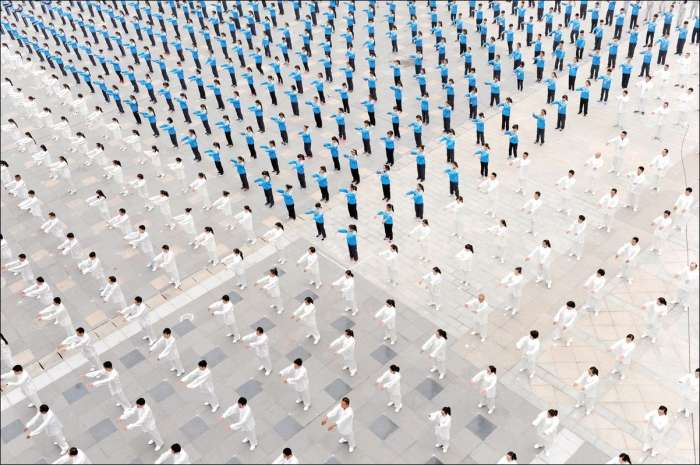In many IVS the result of the game is formed not directly from the balance of the scored (Z) and missed (P) balls, but in the aggregate of sets, games, games, etc. Such a measure helps to artificially increase the density of results and the entertainment of games. The devaluation of the actual results does not allow us to determine the correlation of forces more accurately, to carry out the macro-tournament for the year because of the need to fill the lost information with a large number of games.Therefore, when conducting a macro tour, we also focus on the scored (Z) and missed (P) balls.
We take the results of any circular tournament and arbitrarily exclude some of them, with the expectation that one or another formula will be indicated. Let us estimate the degree of convergence of the results of a circular macro-pattern with the results based on the chosen formula. Olympic formula. We note a very wide range of convergence of results depending on randomness of choice – from 40 to 60%. To the last mark (60%) he approached in cases of relatively uniform dispersion of the strongest teams. Mixed (zonal-olympic) formula. The percentage of compliance fluctuated in the range of 70-90%. The average value was 82%. Circular formula. The circular formula is by definition 100%, although it is more correct to talk about 95% because of the error of the scoring scheme of interpretation. Swiss system and rating-formula. Rating-formula. At the start of the macro tour, all participants are assigned the same average rating. After each round, the next rating value is obtained as a weighted average, proportional to the performance. In order to determine the boundaries of the microtournament, the participant is arbitrarily chosen, the circle of his rivals is written out, then those with whom they played are written out, and so on. We get a list of this isolated microtournament (MI). Then from among the remaining participants arbitrarily choose one and similarly find out the circle of its MI. Each participant is assigned the closest to the current rating opponent from the chosen opposite MI. In this case, a complete merger of two MIs takes place in one, greater dimension. If the number of participants in such MIs is not the same, then one of them will remain without an opponent. His rating at the end of the tour changes as much as the average rating of all the other players playing on the tour of his partners in the MI. The tournament concludes with the merger of all MIs in the macro-tournament. The rating received in the last round corresponds to the last two results. In order not to lose other, earlier achievements, they are recounted and averaged over the entire sum of the results (6).The optimal number of competing N for the number of rounds of k is 2K. Rating-formula respects the uniformity of connections, an interval of 1000 points, takes into account the effectiveness of meetings. The achievements of both systems turned out to be close to 95%. This is due to the similarity of the scheme of their action. However, if in the case of the Swiss system this percentage can be considered a natural error, then the rating formula has a different nature of deviation. To interpret the results, points are used – a rough simplified form of the rating. The question of the formula of the tournament is purely a settlement question, which is more correctly solved from the definition of the ratings of participants, their effectiveness from previous achievements and the supposed calculation of the convergence of the proposed formula. It must change with a change in the correlation of forces, the density of results, in order to guarantee participants 100% equity in the distribution of seats. Polozov, A.A. Rating-formula // Theory and practice of physical culture. 1996. № 1. P.58-59.




 06.05.2017
06.05.2017






